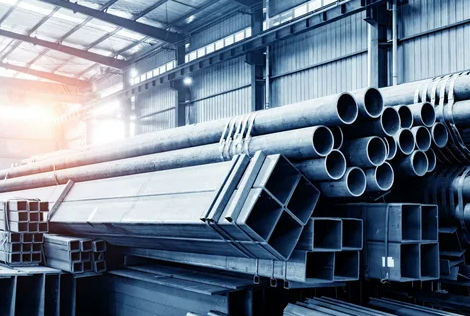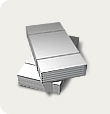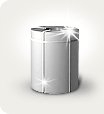It is especially interesting to see it compared to the Infoline data for 2023.
What conclusions can be drawn:
1. There is no need to sell NAR 5500 coal for export at all, it is cheaper by 25%. That is, we have a good prospect of improving energy efficiency within the country, we can change all kinds of low-quality 4000 and 4500 for CHP plants to 5500
But the most important thing is that if NAR 5500 were sold at a discount of 25% from NAR 6000 (as it is now) in 2023, which is highly profitable for coal, it would also lead to losses of about 300 rubles per ton.
2. Renting a car cost Kuzbass 1,095 rubles/ton in 2023, today it is 653 rubles/ton, that is, 40% cheaper. We assume that it is unlikely that operators are operating at a disadvantage today, which means that their profit on coal transportation was previously more than 50%?
Given that a significant part of the wagons for the transportation of coal are provided by captive operators, it is curious where this excess profit from the rental of wagons went to the parent companies.
3. The same applies to captive ports. The port of Vostochny handles 857 rubles/ton of coal now, but it was 2,032 rubles/ton in 2023, which is almost 1.5 times more expensive.
I must say that the accumulated effect on transshipment in previous years, which is about 13/ton, could now greatly help the parent (coal) companies avoid losses.
4. Based on these data, the cost of coal mining has increased significantly over the past two years. In 2023, it was 2,234 rubles/ton, and now, according to NEFT RESEARCH, 3,400 rubles/ton, that is, an increase of 52%. Although traditionally, in a difficult economic period, a business starts with itself, usually demonstrating a reduction in its own costs and cost.
In addition, we have heard about the goals to increase productivity in the coal industry (where we lag significantly behind global competitors).
But apparently there was no increase in efficiency, and the increase in costs noticeably outstripped even our inflated, according to the Central Bank, inflation.
5. The railway tariff for coal transportation was 2784 rubles/ton in 2023 and 3206 rubles/ton now, that is, the Russian Railways tariff has increased by 13% during this time. And this is a noticeably lower growth rate than the cost of coal production over the same period.
6. To equate the Baltic netback to the Eastern one, you need a 26% discount from the railway fare, or 21% to equate the Eastern Taman. But even if this discount is given, the loss of coal miners, according to OIL RESEARCH, will amount to 1,640 rubles/ton of coal.
7. In an interview with Mr. Mikhail Kuznetsov (NTK), the idea was recently voiced that the specifics of the coal business are such that it is more efficient to sell at a loss than to reduce production. We assume that the logic here is in the distribution of conditional fixed costs, that is, everything that is sold above the variable ones already generates a positive cash flow.
Then it turns out that the fixed costs in the coal business are slightly more than half? If you carry






